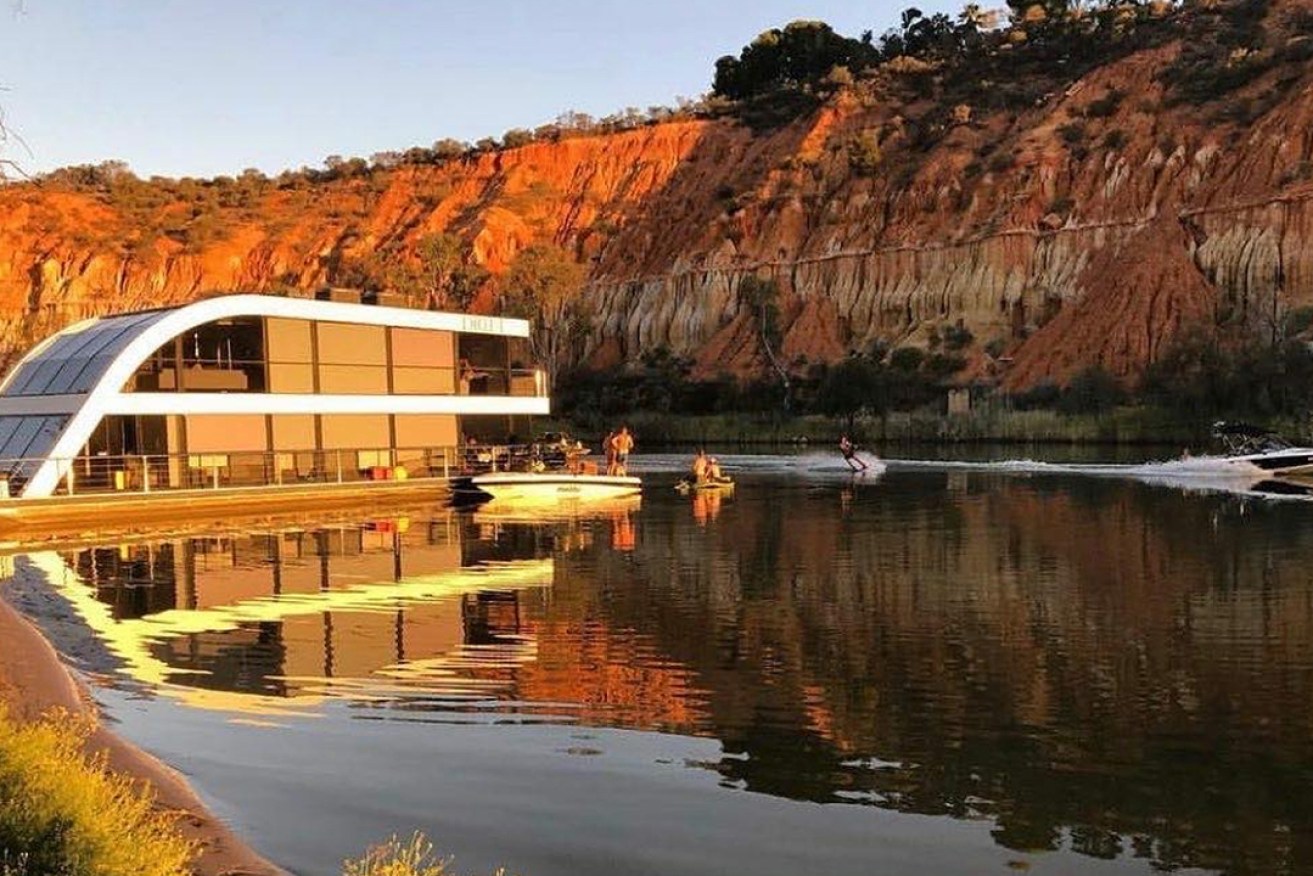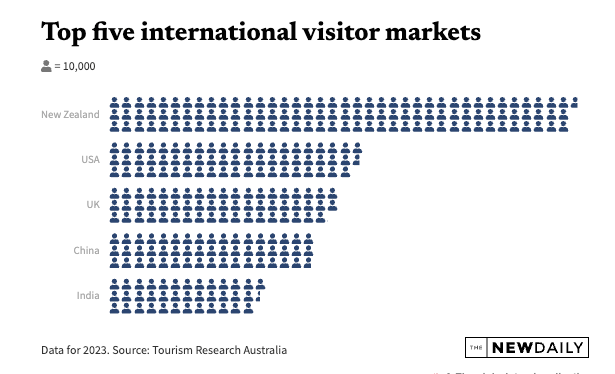SA leads the nation in tourism recovery
South Australia has had the quickest post-Covid tourism recovery, with the numbers of visitors to the state bouncing back since 2019 – albeit from a low base.

Houseboats continue to be in high demand among tourists in the Riverland.
New South Wales is trumpeting the news that the state is leading Australia’s international tourism rebound, but South Australia has quietly had the biggest post-pandemic recovery.
Tourism Research Australia (TRA) data found Sydney attracted 53 per cent of all international visitors to Australian capitals in 2023, with domestic and international travellers spending a record $51.4 billion combined in NSW.
“The NSW visitor economy is leading the country’s recovery from the pandemic and attracting the majority of international visitors to Australia as well as setting new benchmarks domestically,” Destination NSW CEO Steve Cox said last week.
“The diversity of natural and cultural experiences in NSW is unrivalled and puts our state in a unique position to attract visitors from around the world.”
Although NSW welcomed the most international visitors last year (3.4 million), it was South Australia that saw the biggest recovery post-Covid in this category.
South Australia received about 439,000 international visitors in 2023, a recovery of 90 per cent since 2019, while NSW’s higher volume of visitors represented a 78 per cent recovery.
The number of nights international visitors spent in South Australia, Western Australia and the Northern Territory surpassed pre-Covid numbers.
South Australia and the NT were also the only regions in Australia to receive international visitors spending more than pre-Covid; these visitors splurged $1.2 billion and $451 million last year, respectively.
Victoria appears to be among the furthest behind in post-Covid international tourism recovery overall, with the two million international visitors in 2023 almost 34 per cent less than 2019 numbers.
The $6.4 billion spent by these visitors represented the second-lowest recovery of expenditure among the states and territories, while Victoria also saw the lowest recovery in number of nights spent.
Covid hangover casts shadow over international tourism
Nationally, Australia was on the receiving end of 6.6 million international trips in 2023, reaching just 76 per cent of 2019 levels.
Australian Travel Industry Association CEO Dean Long said high airfares, low seat capacity on flights and international economic headwinds combined to keep international visitor numbers down.
“What we need to do now is make sure that we’ve got good campaigns in market matched with affordable airfares and product at the right time, and then deliver on that quality that we were renowned for prior to the pandemic,” he said.

There might not have been as many international visits to Australia as there were in 2019, but the people who did make the trip spent almost as much as the higher number of visitors did.
TRA found international tourists spent $27.9 billion in Australia in 2023, reaching 89 per cent of the amount spent in 2019.
Domestic tourism leading the way
Although international tourists lagged on pre-COVID results, locals were doing their best to make up the difference.
The number of Australians making overnight trips decreased 4.1 per cent in 2023 compared to pre-Covid, but they spent $109.3 billion across the country – 35.5 per cent more than in 2019.
However, just because tourists spent more doesn’t mean they actually bought more.
Long said inflation likely had a large part to play in the amount local and international tourists spent over the previous year.
“A significant portion of that is inflationary pressures that have driven up the prices of some of those aspects such as aviation and accommodation,” he said.
No matter what drove up the spend, the data shows Australians have placed an emphasis on travel in their lives.
“Travel by Australians is not a discretionary line item in their budgets,” Long said.
“It’s how they’re managing their mental health, it’s… as important as making sure you’re servicing your mortgage and paying your rent.
“That’s very different to how most economists would have traditionally positioned that spend, and that’s very good news because that will help drive investment into new hotels, stock and… investment into making sure we can get new airlines flying for the country as well to make it more visitors here.”
– TND




